Join the Leading Global Eye Health Alliance.
MembershipDeepen your learning and engagement around key topics for global eye health and the 2030 In Sight Strategy on the IAPB Knowledge Hub.
The Q.REC Initiative supports the delivery of quality of refractive error services with a practical, evidence-based toolkit for evaluating and improving service quality.
Empowering schools to implement sustainable and effective eye health programs for children, especially in resource-limited settings.
Diabetic eye disease often begins without symptoms, but because it it often left unmanaged, it has become a leading cause of vision loss and blindness.
Globally, millions of people are blind or have low vision due to lack of access to spectacles, resulting in reduced quality of life.
Cataract remains the leading cause of blindness and a major cause of visual loss across the globe.
The scope, complexity, and scale of the eye health systems we seek to transform requires collective intelligence and coordinated collective action. Learn more about systems change here.
This guide aims to help you better understand and critically analyse eye care technology for use at the community and primary levels of eye care.
Integrated people-centred eye care (IPEC) has the potential to address many challenges to delivering effective eye care services.
A snapshot of key issues, messages, and resources to help you drive awareness in eye health.

16.11.2022
This video summarises the Eye care in health systems: Guide for action and its four accompanying tools, developed to support health planners and Member States in the planning and implementation of integrated people-centred eye care (IPEC).
This video summarises the Eye care in health systems: Guide for action and its four accompanying tools, developed to support health planners and Member States in the planning and implementation of integrated people-centred eye care (IPEC).
16.11.2022
No Related Videos
The IAPB Knowledge Hub offers valuable resources, tools, and insights to support those working in global eye health policy and practice.
It brings together evidence, guides, expert opinions, and member experiences, aligned with key areas in eye health. The Hub also integrates with the Vision Atlas, offering the latest eye health data and presentation tools.
The Knowledge Hub is built around the three pillars of the 2030 In Sight strategy: Elevate, Integrate, and Activate. It provides access to expertise and resources to help:
Explore key topics under each pillar, or view all topics by clicking the button below.
The Elevate pillar of the 2030 In Sight strategy calls us to embed vision as a fundamental, economic, social and development issue. How can we can do this?
To address the growing need for child eye health, particularly in low- and middle-income countries, we need to leverage school and education settings.
The global eye health sector has a unique opportunity to unite and speak with one voice, to strengthen gender equity in our organisations and programmes collectively.
People with vision impairment are less likely to gain employment and more likely to have low paid work.
Contains detailed guidance to eye care sector on ways to reduce environmental impact and support climate resilience.
Eye health makes a key contribution to the Sustainable Development Goals as a highly cost-effective way to unlock human potential.
There remains a significant funding gap to support access to eye health services, but there is also a high return on investment due to lost productivity.
Everyone should have access to good quality eye health services. But this will only happen if there is greater integration of eye health in wider health care systems. How can we can achieve this?
Integrated people-centred eye care (IPEC) has the potential to address many challenges to delivering effective eye care services.
There are not enough people on the ground with a broad enough range of skills and qualifications to match the scale or the range of issues that now face eye health.
Eye care is an integral part of Universal Health Coverage, which is central to delivering SDG3 (Good Health and Wellbeing).
Technological solutions are one of the tools we need to use to ensure that the hardest to reach have access to the eye health services they need.
Eye health is a universal issue and we must activate universal demand by driving patient, consumer and market change. How can we can do this?
Eye health cannot be addressed nor services scaled up without a major contribution from the private sector.
We need individuals and communities around the world to make their vision a priority.
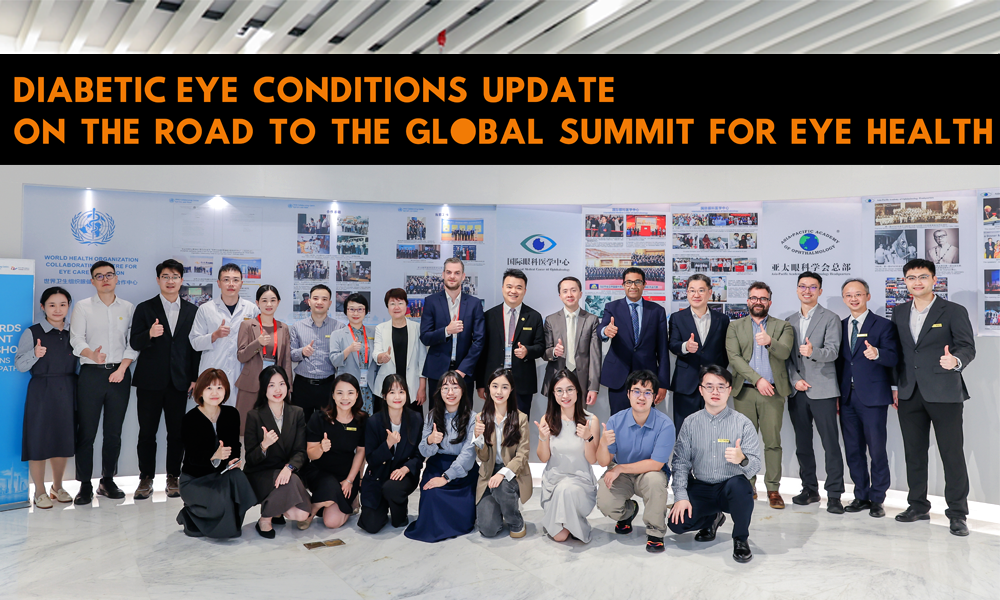
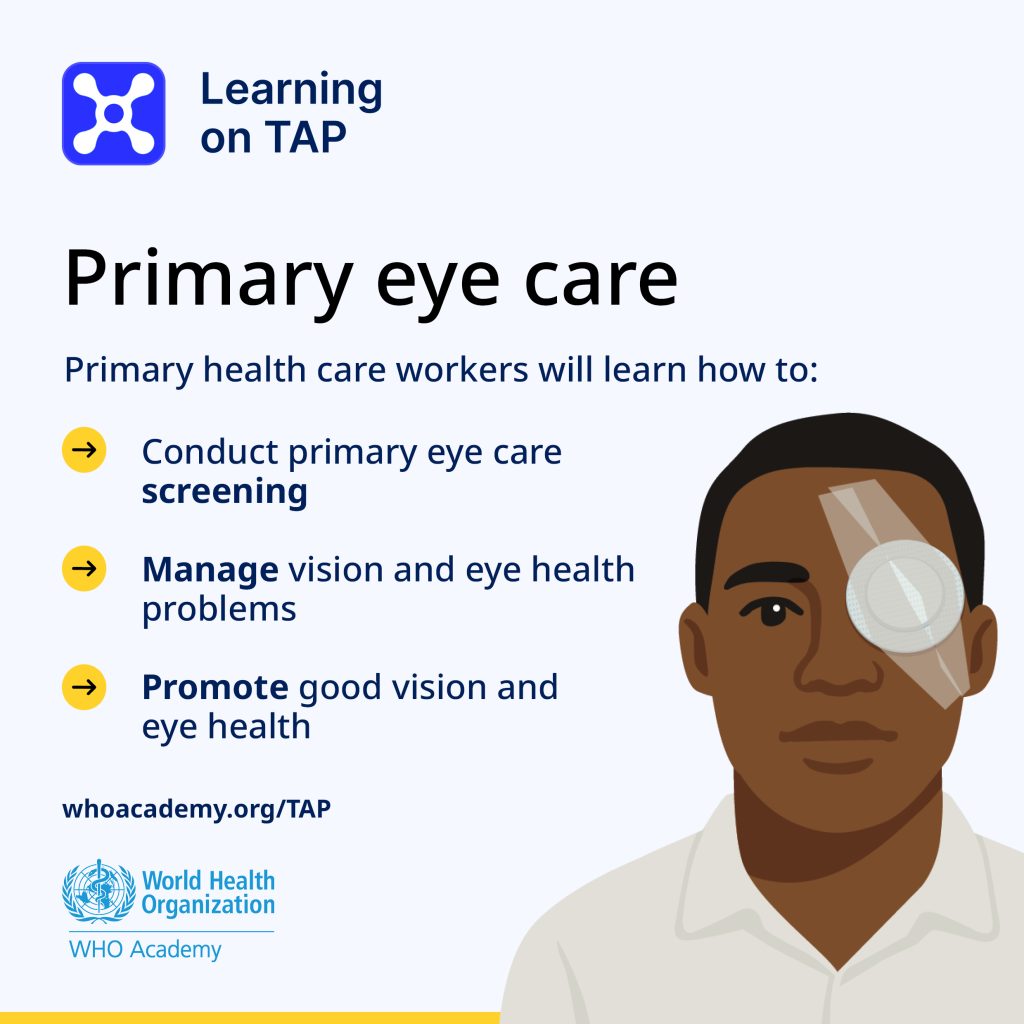
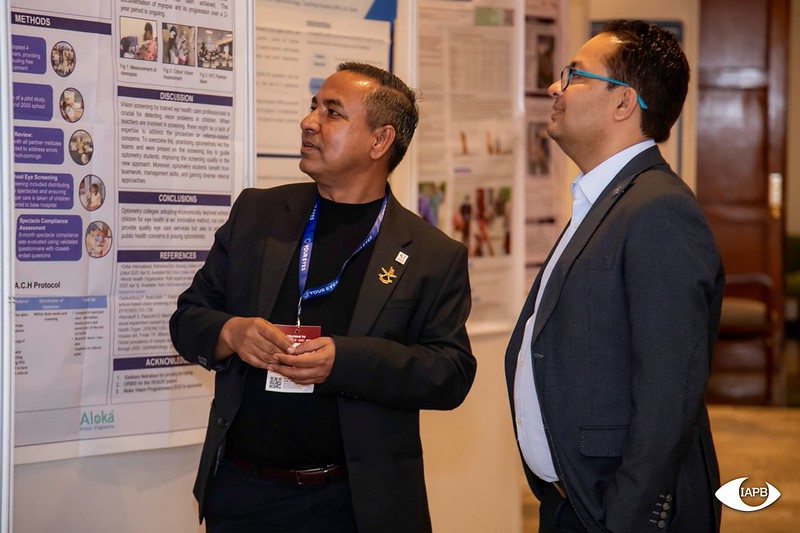

04.12.2025
Jennifer Gersbeck
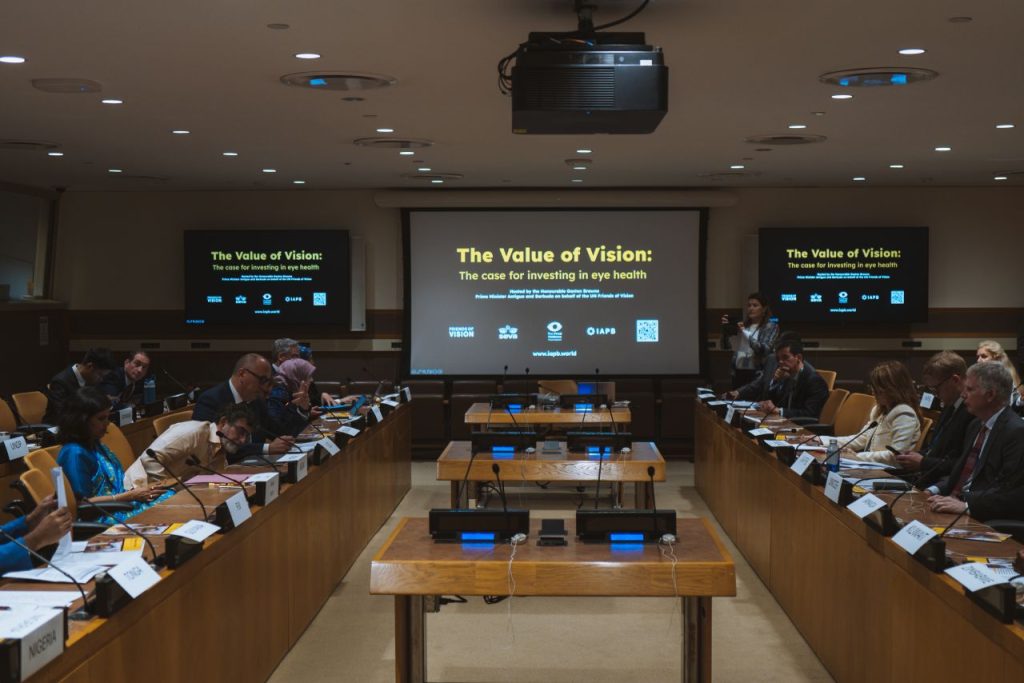
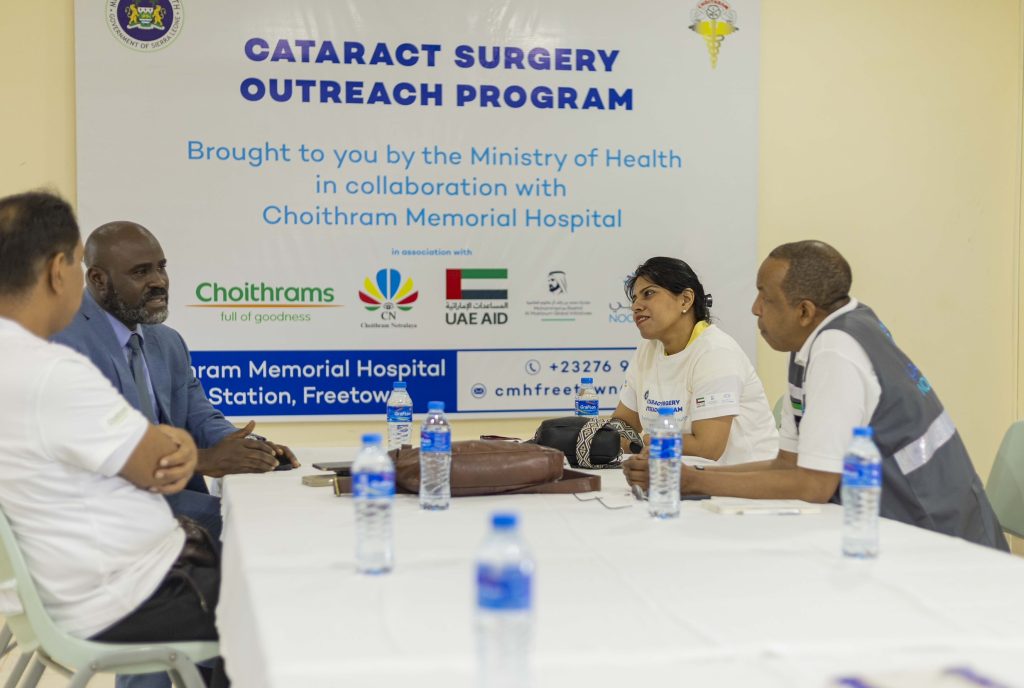
06.11.2025
Dr. Muhammad Mansur Rabiu
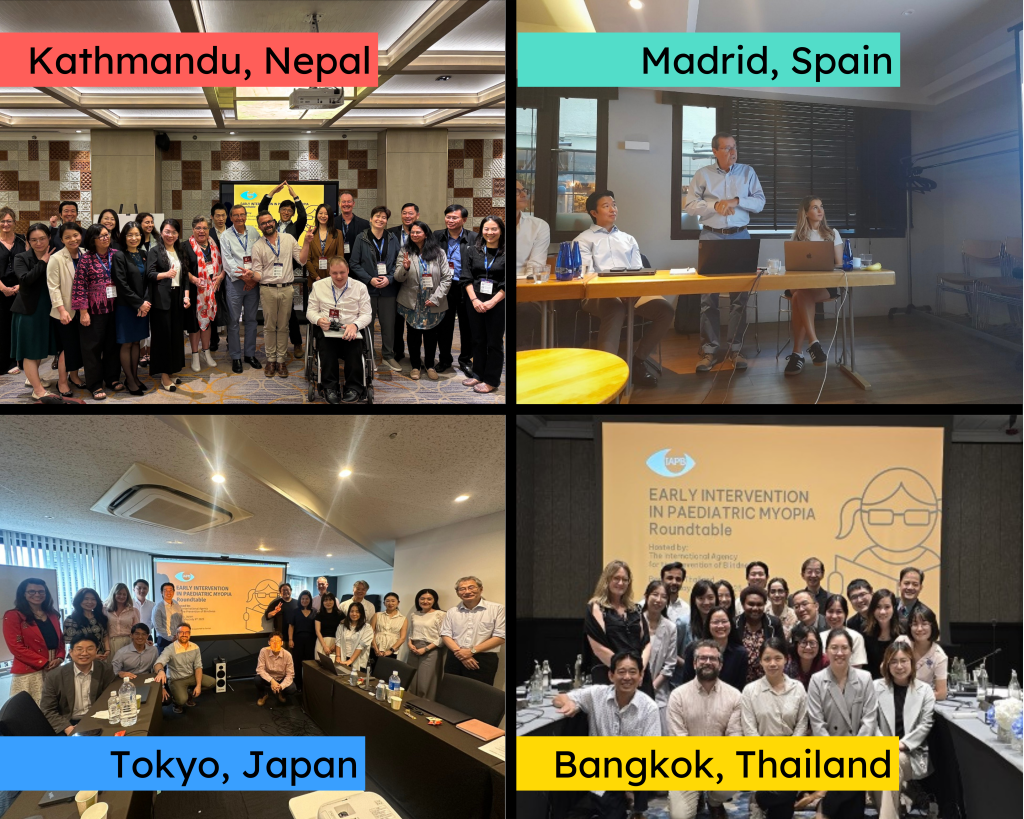
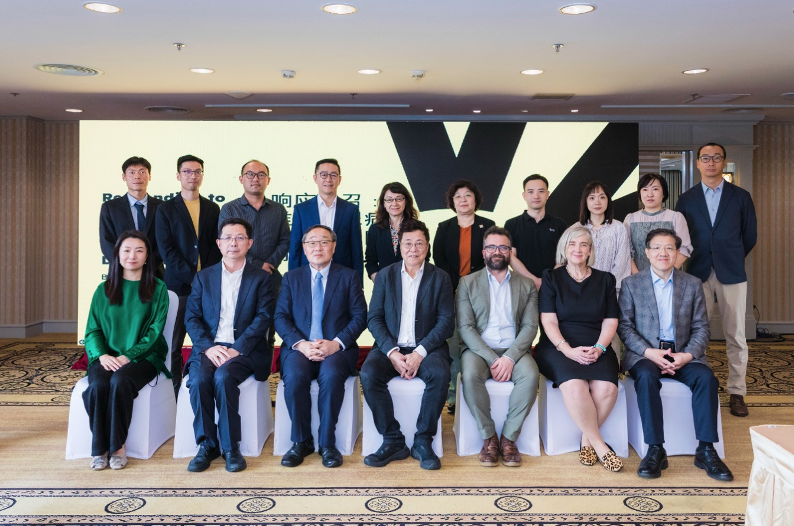
27.10.2025
Fabrizio D'Esposito
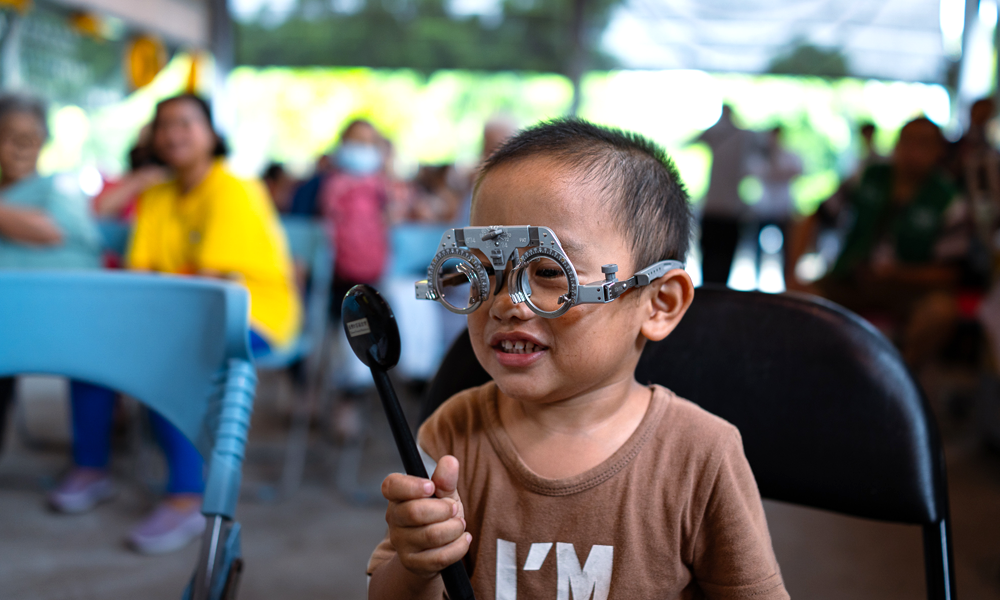
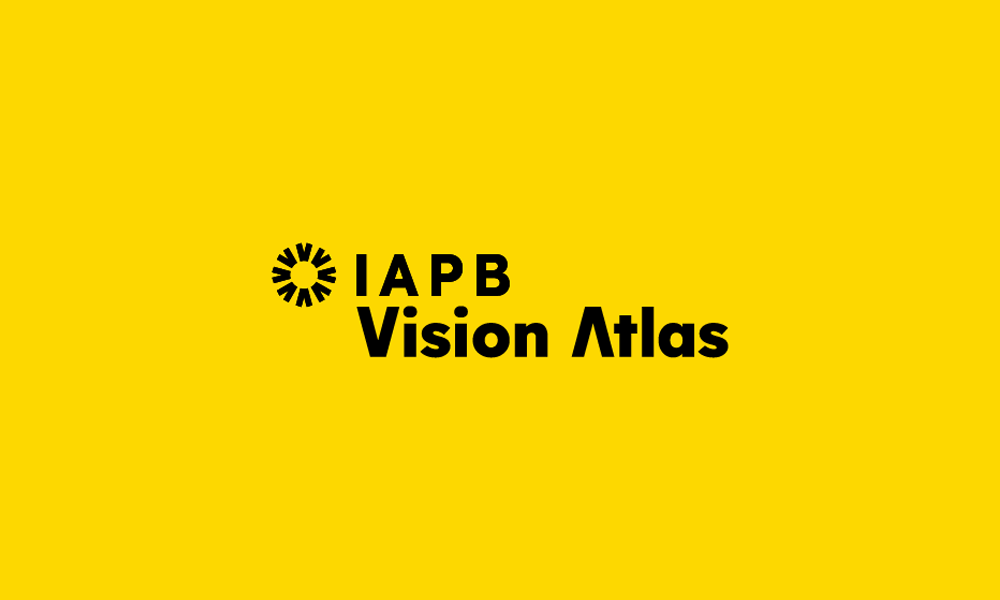
08.09.2025
A Q&A with Anthea, Head of Data & Evidence, IAPB
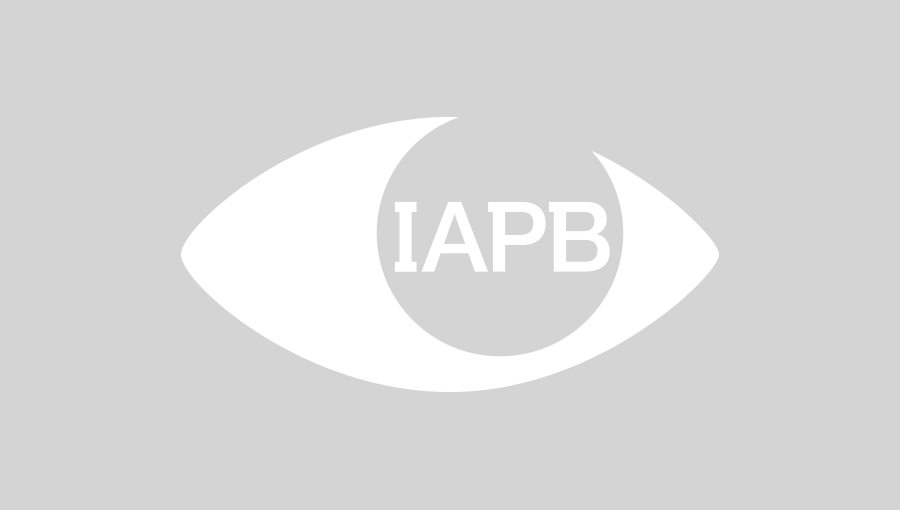
08.09.2025
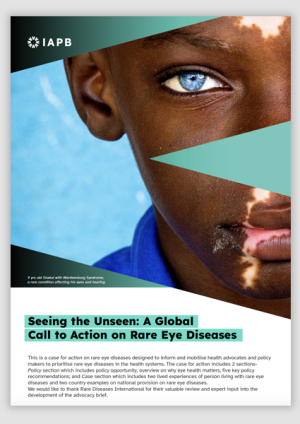
24.11.2025
This is a case for action on rare eye diseases designed to inform and mobilise health advocates and policy makers to prioritise rare eye diseases in the health systems.
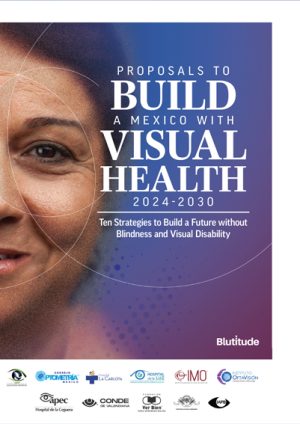
30.09.2025
This document outlines clear and achievable strategies to strengthen health systems, improve access to quality services, and ensure that eye health is recognized as a priority in the public health agenda.
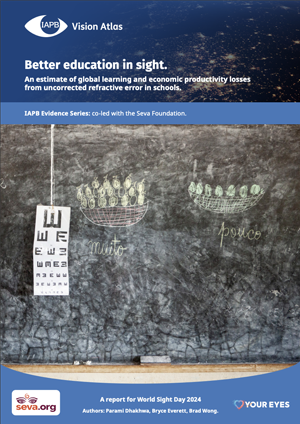
04.09.2025
In our new report for World Sight Day, co-led by Seva Foundation, we make a first attempt to estimate the global loss of learning from uncorrected refractive error in schools.
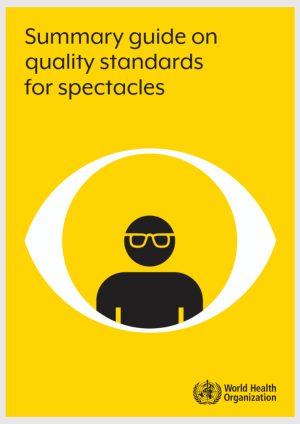
23.05.2025
The Summary guide on quality standards for spectacles simplifies global quality standards and provides practical guidance on best practices for dispensing spectacles.
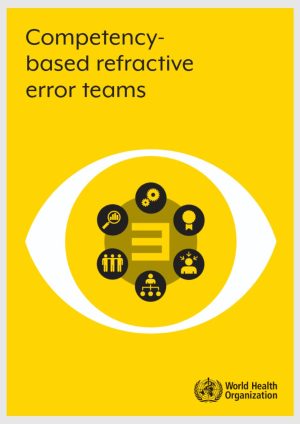
22.05.2025
The Competency-based refractive error teams (CRET) tool, developed by the World Health Organization (WHO), is a practical resource designed to support the delivery of high-quality, team-based refractive error services.
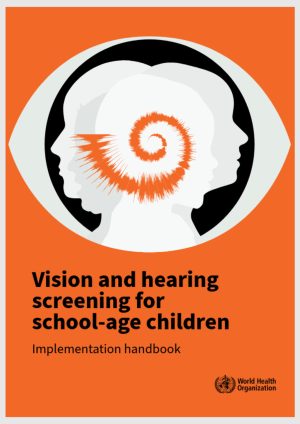
21.05.2025
This handbook provides practical guidance to support the establishment of sensory screening programmes for school-age children.
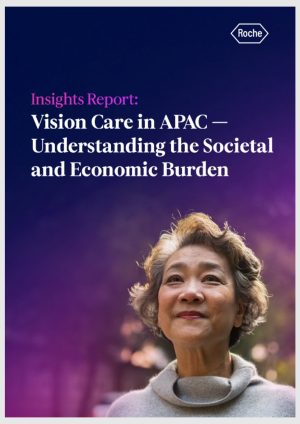
23.04.2025
This report outlines how an ageing population, rising diabetes rates, and low awareness of retinal conditions in Asia Pacific are reshaping vision care, highlighting new opportunities to improve care through existing systems.
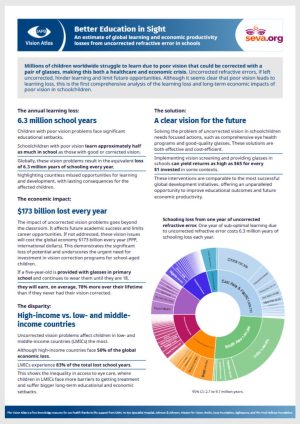
15.10.2024
This summary of Better Education in Sight provides an estimate of global learning and economic productivity losses from uncorrected refractive error in schools.
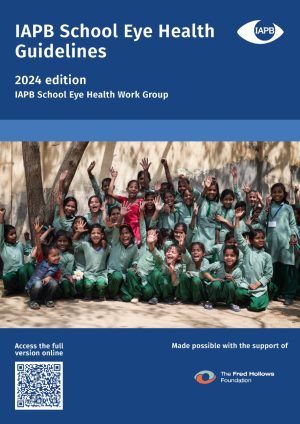
18.06.2024
The IAPB School Eye Health Workgroup has released these guidelines to help deliver standardised comprehensive eye health services to more than 700 million children attending schools around the world.
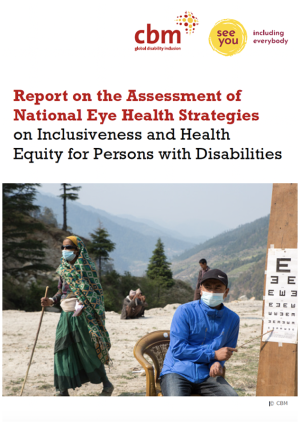
01.04.2024
Inclusiveness and Health Equity for Persons with Disabilities
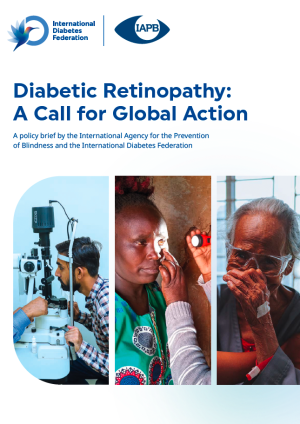
27.03.2024
A policy brief developed by IDF and The International Agency for the Prevention of Blindness (IAPB) that advocates for a joint approach to prevent and manage vision loss in people living with diabetes by integrating diabetic retinopathy (DR) care into diabetes policies and national health plans.
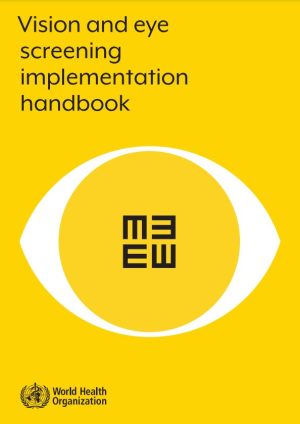
01.02.2024
The WHO Vision and eye screening implementation handbook (VESIH) offers a step-by-step guidance for conducting vision and eye screenings in community and primary care settings.
The Knowledge Hub draws on the wealth of expertise and knowledge of the IAPB network. It will be expanded and further improved over time, and we ask for your help in this.
Please share any resources, knowledge, recommendations or examples that you believe should be included in this Knowledge Hub.
We would love to hear from you – please suggest content via the following link.
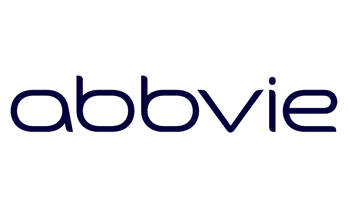
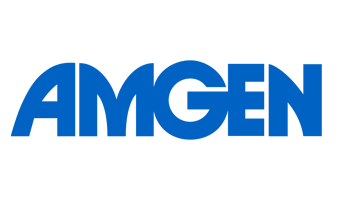
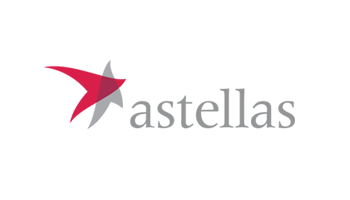
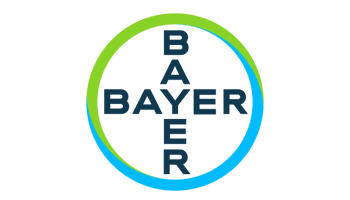
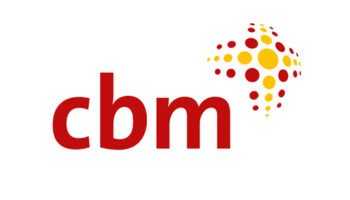
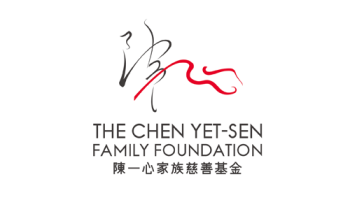
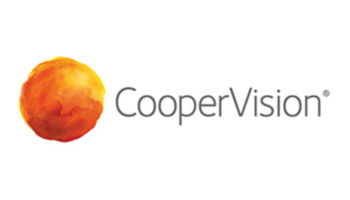
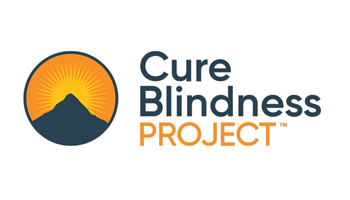
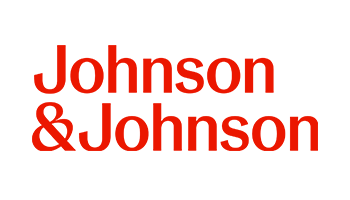
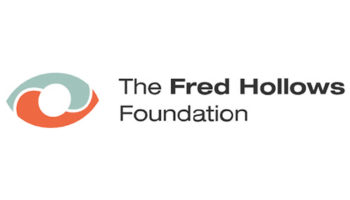
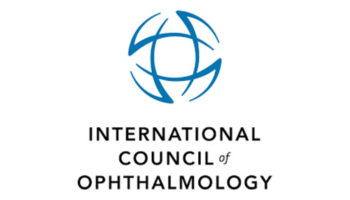
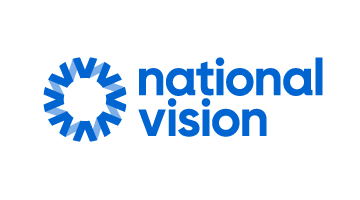
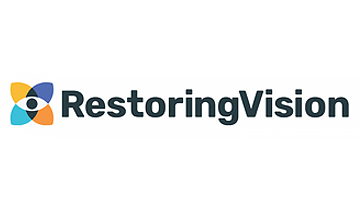
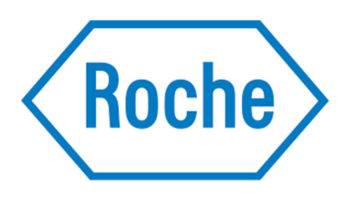
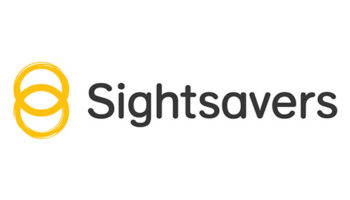
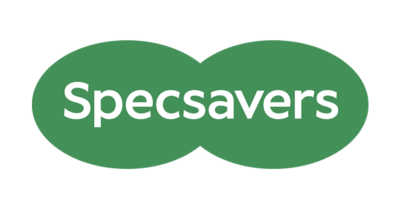
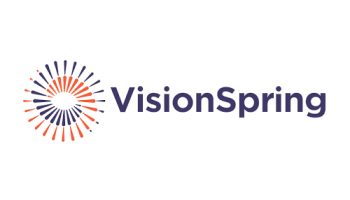
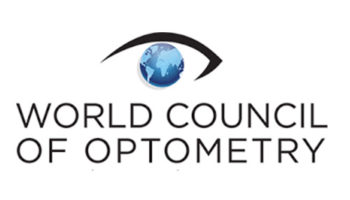
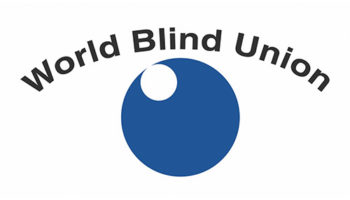
Join the Leading Global Eye Health Alliance.
MembershipReceive all the latest news, webinars, campaigns, events and more right to your inbox.
Join Mailing List